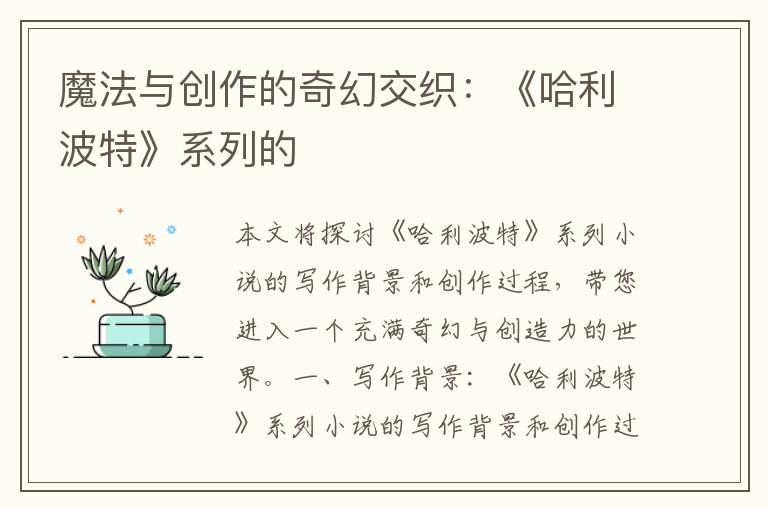英語六級聽力練習:常速英語5.13

This year marks an important anniversary for American jazz, one that - on a number of occasions - looked like it would never arrive. The legendary Blue Note record label is celebratating its 75th birthday.
Nothing that becomes legendary starts out that way. In 1939 Blue Notes Records was the grain of an idea by Alfred Lion and Frank Wolff - two Germans who fell in love with music like that by the boogie-woogie piano player, Albert Ammons.
They first heard jazz improvisation as young men in Germany during the early years of the Nazi regime. Richard Havers is writing a book about Blue Note, called Uncompromising Expressions. He says that, to the Nazis jazz was everything that they hated. It was freedom of expression. It was not regimented. It didnt go to a militaristic beat.
Lion and Wolff pursued their love of jazz and freedom by leaving Germany for the United States. Shortly after arriving and hearing Ammons and another boogie-woogie piano-player, Meade Lux Lewis, they scratched together some money, put Ammons in a studio, and Blue Note Records was born. The label was swimming against the tide by promoting boogie-woogie.
Back then it was all about dancing, said Dan Ouellette, who has written a book about Blue Note called Playing By Ear. .
And people were not dancing to boogie-woogie piano. Ouellette says Alfred Lions approach was more like a museum curator than a record producer.
He wanted to document this music, he said. His whole philosophy is that jazz is an art form.
Treating artists as artists and swimming against the tide became hallmarks of Blue Note jazz, an approach that finally paid off in the 1940s, when jazz shifted, away from the dance music of the Big Band Era and toward a new form that came to be called Bebop.
According to Havers, Lion quickly realized that jazz was moving in a different direction, and the first of the new wave of artists that he recorded was Thelonious Monk, who he absolutely adored.
Thelonious Monk was famous for playing the wrong notes, said Ouellette. Many people thought it was just rubbish.
But while much of the music business didnt understand artists like Monk, Richard Havers says this was another example of Blue Note treating artists like artists.
Alfred Lion gave his artists the freedom to do what they wanted to do, he said. They felt they were artists. They were not money machines.
Blue Note was well respected and had some financial success, but by the 1960s, Ouellette says, things were not looking good for Blue Note or jazz.
Rock music, and the beginnings of funk were coming around, he said. People are running away in droves because of rock music.
In 1967, Alfred Lion sold Blue Note to another record company. They drove it into the ground. In a rush to make money quickly, they stopped paying for rehearsal time and otherwise alienated the labels biggest stars, most of whom left to go to other record companies. The label got a reprieve in 1981 and had another long run of artistic success, but by the early 2000s, according to the current head of Blue Note, producer Don Was.
There was a lot of talk about closing the label down, making it a website that sold catalogue and blue t-shirts, he said.
Instead the label decided to revive itself again.
Mainly by turning back to a way of working that would make Alfred Lion proud. According to current Blue Note artist, Jason Moran, today, as they did in the past,
People just went in and they make their music, he said. You follow the intuition of the artist and the artists that they work with, and you come together to make a recording.
This return to the old ways is paying off, according to Dan Ouellette.
The music that you are hearing today with some young artists like Robert Glasper and Jason Moran, the music is evolving, its not staying put, its not dying, he said.
From: /englishlistening/voaenglish/voastandardenglish/20230513/347556.html
This year marks an important anniversary for American jazz, one that - on a number of occasions - looked like it would never arrive. The legendary Blue Note record label is celebratating its 75th birthday.
Nothing that becomes legendary starts out that way. In 1939 Blue Notes Records was the grain of an idea by Alfred Lion and Frank Wolff - two Germans who fell in love with music like that by the boogie-woogie piano player, Albert Ammons.
They first heard jazz improvisation as young men in Germany during the early years of the Nazi regime. Richard Havers is writing a book about Blue Note, called Uncompromising Expressions. He says that, to the Nazis jazz was everything that they hated. It was freedom of expression. It was not regimented. It didnt go to a militaristic beat.
Lion and Wolff pursued their love of jazz and freedom by leaving Germany for the United States. Shortly after arriving and hearing Ammons and another boogie-woogie piano-player, Meade Lux Lewis, they scratched together some money, put Ammons in a studio, and Blue Note Records was born. The label was swimming against the tide by promoting boogie-woogie.
Back then it was all about dancing, said Dan Ouellette, who has written a book about Blue Note called Playing By Ear. .
And people were not dancing to boogie-woogie piano. Ouellette says Alfred Lions approach was more like a museum curator than a record producer.
He wanted to document this music, he said. His whole philosophy is that jazz is an art form.
Treating artists as artists and swimming against the tide became hallmarks of Blue Note jazz, an approach that finally paid off in the 1940s, when jazz shifted, away from the dance music of the Big Band Era and toward a new form that came to be called Bebop.
According to Havers, Lion quickly realized that jazz was moving in a different direction, and the first of the new wave of artists that he recorded was Thelonious Monk, who he absolutely adored.
Thelonious Monk was famous for playing the wrong notes, said Ouellette. Many people thought it was just rubbish.
But while much of the music business didnt understand artists like Monk, Richard Havers says this was another example of Blue Note treating artists like artists.
Alfred Lion gave his artists the freedom to do what they wanted to do, he said. They felt they were artists. They were not money machines.
Blue Note was well respected and had some financial success, but by the 1960s, Ouellette says, things were not looking good for Blue Note or jazz.
Rock music, and the beginnings of funk were coming around, he said. People are running away in droves because of rock music.
In 1967, Alfred Lion sold Blue Note to another record company. They drove it into the ground. In a rush to make money quickly, they stopped paying for rehearsal time and otherwise alienated the labels biggest stars, most of whom left to go to other record companies. The label got a reprieve in 1981 and had another long run of artistic success, but by the early 2000s, according to the current head of Blue Note, producer Don Was.
There was a lot of talk about closing the label down, making it a website that sold catalogue and blue t-shirts, he said.
Instead the label decided to revive itself again.
Mainly by turning back to a way of working that would make Alfred Lion proud. According to current Blue Note artist, Jason Moran, today, as they did in the past,
People just went in and they make their music, he said. You follow the intuition of the artist and the artists that they work with, and you come together to make a recording.
This return to the old ways is paying off, according to Dan Ouellette.
The music that you are hearing today with some young artists like Robert Glasper and Jason Moran, the music is evolving, its not staying put, its not dying, he said.
From: /englishlistening/voaenglish/voastandardenglish/20230513/347556.html









